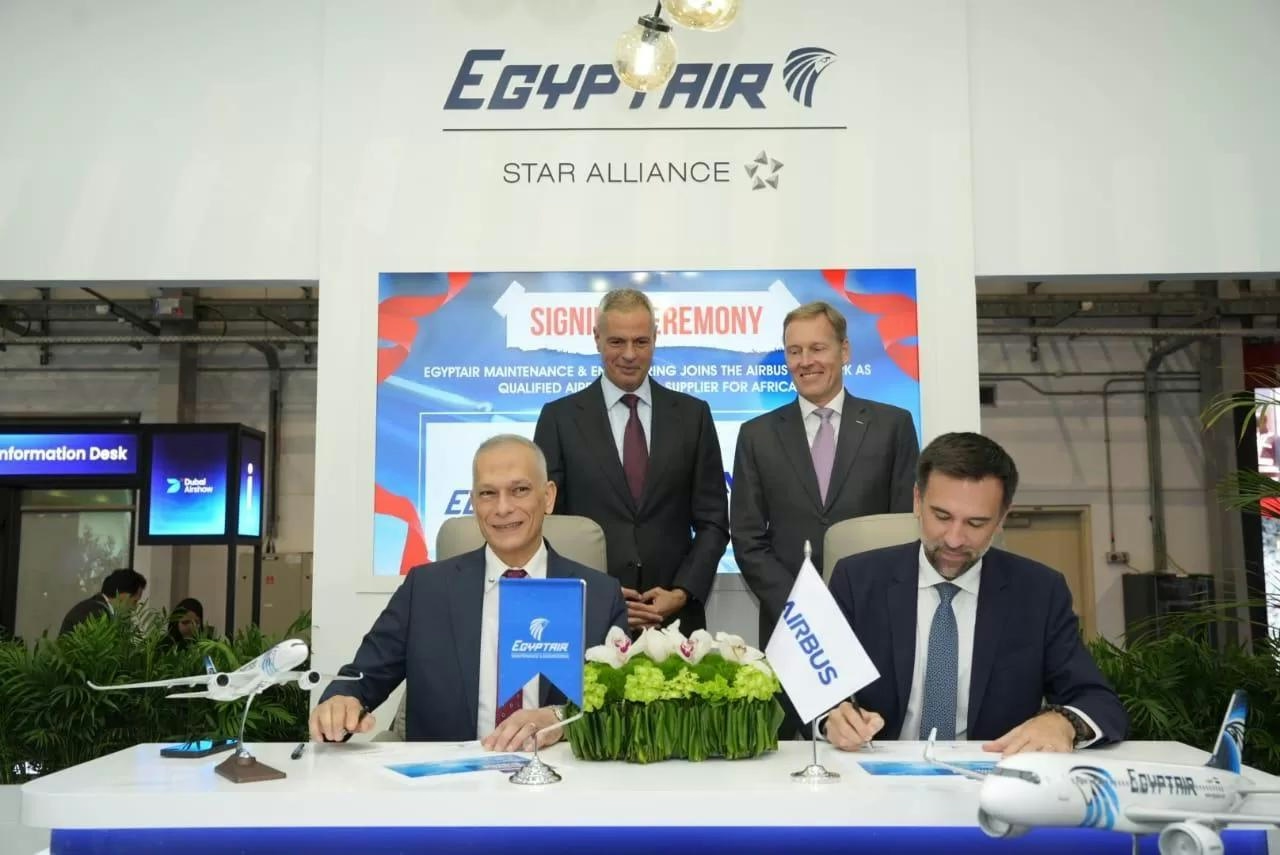
AeroGenie: il tuo copilota intelligente.
Tendenze
Categories
Three Technology Trends Set to Transform Aviation by 2030
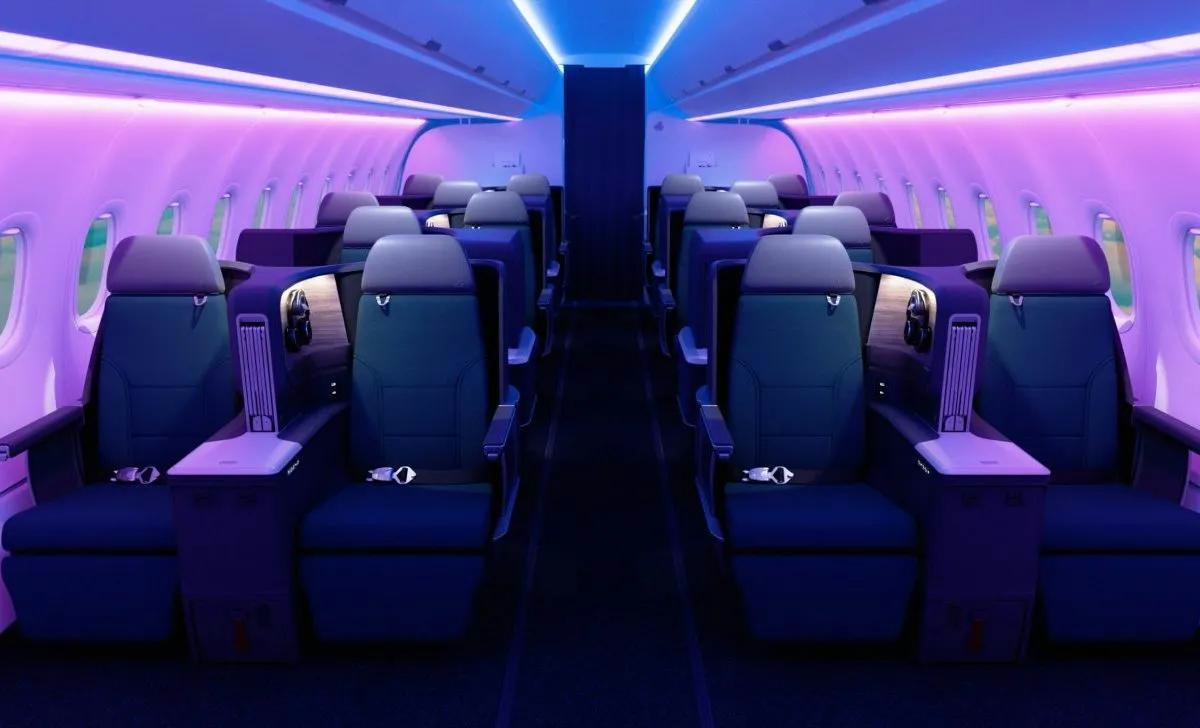
Three Technology Trends Set to Transform Aviation by 2030
By 2030, the aviation industry is poised for a profound transformation, with flights increasingly managed by networks of autonomous systems operating in real time alongside human crews. Oleksandr Plyska, vice president of Sigma Software Group, emphasizes that the digital transformation of aviation is accelerating rapidly, with cybersecurity representing only the initial phase. To effectively prepare for the coming decade, industry leaders must prioritize three disruptive technologies: agentic artificial intelligence (AI), digital twins, and autonomous aircraft.
Agentic AI: Advancing Beyond Traditional Automation
Agentic AI represents the next stage in artificial intelligence development, moving well beyond the capabilities of conventional chatbots or copilots. Unlike traditional AI systems that respond solely to user prompts, agentic AI can independently take initiative, interact with external systems, and execute complex workflows without direct human intervention. This technology envisions virtual agents capable of managing multiple tasks simultaneously, such as booking routes, coordinating logistics, and performing diagnostics. Emerging standards like Anthropic’s Model Context Protocol facilitate the creation of modular, interconnected AI applications that communicate seamlessly with one another and with external systems. In the context of aviation, agentic AI could enable copilots to handle a broad spectrum of responsibilities, ranging from in-flight assistance to air traffic coordination.
Digital Twins: Enhancing Efficiency Through Virtual Replication
Digital twins—virtual replicas of aircraft, engines, and even entire airport facilities—are continuously updated with live data, allowing engineers to simulate repairs, predict potential failures, and optimize performance without physical intervention. According to the International Air Transport Association’s (IATA) 2024 report, the implementation of digital twins could reduce maintenance costs by up to 20% by 2030. However, widespread adoption faces significant challenges. Currently, 60% of digital twin projects fail, primarily due to high upfront costs, a figure that has increased from 40% in 2022. Despite these obstacles, the aviation sector remains committed to advancing this technology, drawing lessons from the software industry’s earlier transition to cloud computing and gradually overcoming initial setbacks.
Autonomous Aircraft: Charting the Next Frontier
Automation has already revolutionized critical phases of flight such as takeoff and landing. The forthcoming milestone is the development of fully autonomous commercial and cargo aircraft, powered by real-time data analytics, AI, and sophisticated sensor technologies. Although this technology remains in its nascent stages, progress is accelerating, and public confidence is slowly growing. Regulatory challenges and the complexities of integrating autonomous systems with existing infrastructure continue to pose significant barriers. Nonetheless, momentum within the industry is building steadily toward realizing this vision.
Navigating Challenges and Industry Responses
The integration of these transformative technologies is accompanied by considerable challenges. Regulatory frameworks must evolve to accommodate autonomous systems, while the substantial initial investments required for digital twins and advanced AI may deter some stakeholders. Technical difficulties related to integrating new technologies with legacy infrastructure further complicate adoption. Despite these hurdles, the market is responding proactively. Companies such as Beyond Gravity in Switzerland are intensifying research and development efforts, while competitors accelerate innovation and forge strategic partnerships. Regulatory bodies like the Federal Aviation Administration (FAA) have also signaled a commitment to modernization, exemplified by initiatives such as the roadmap toward lead-free aviation gasoline (Avgas) by 2030.
Preparing for the Future of Aviation
Industry leaders are encouraged to invest in robust AI systems that extend beyond superficial applications, focusing on agentic AI capable of delivering tangible operational improvements. The adoption of digital twins should be approached with a long-term perspective, emphasizing targeted implementations that demonstrate clear value and justify associated costs. Additionally, upskilling the workforce will be critical, as automation reshapes—not eliminates—the roles of pilots, mechanics, and ground personnel.
As these technological trends converge, the aviation industry stands on the threshold of a new era characterized by smarter systems, enhanced safety, and unprecedented operational efficiency.

TLC Jet to Acquire Private Aviation Operator Privaira
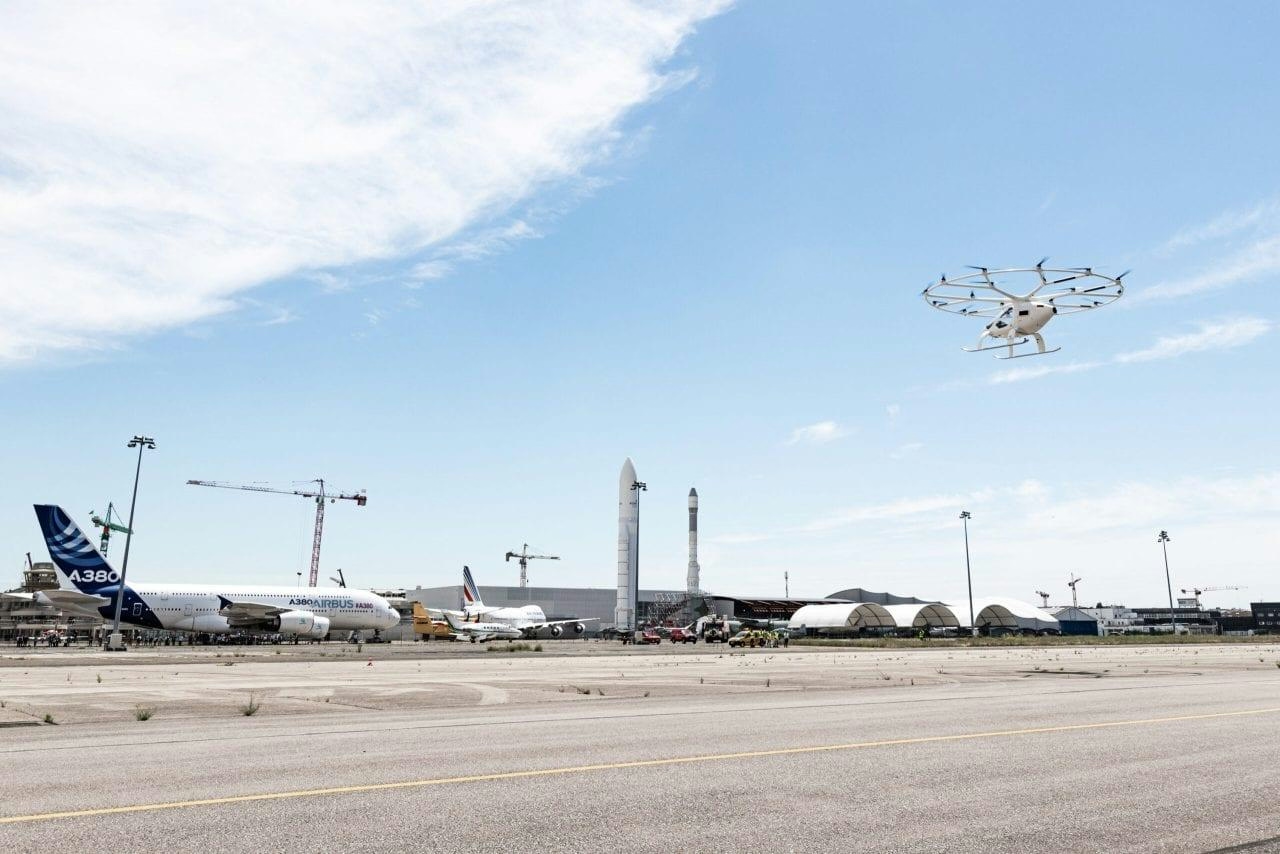
Volocopter to Launch First European eVTOL Sandbox Program in 2026
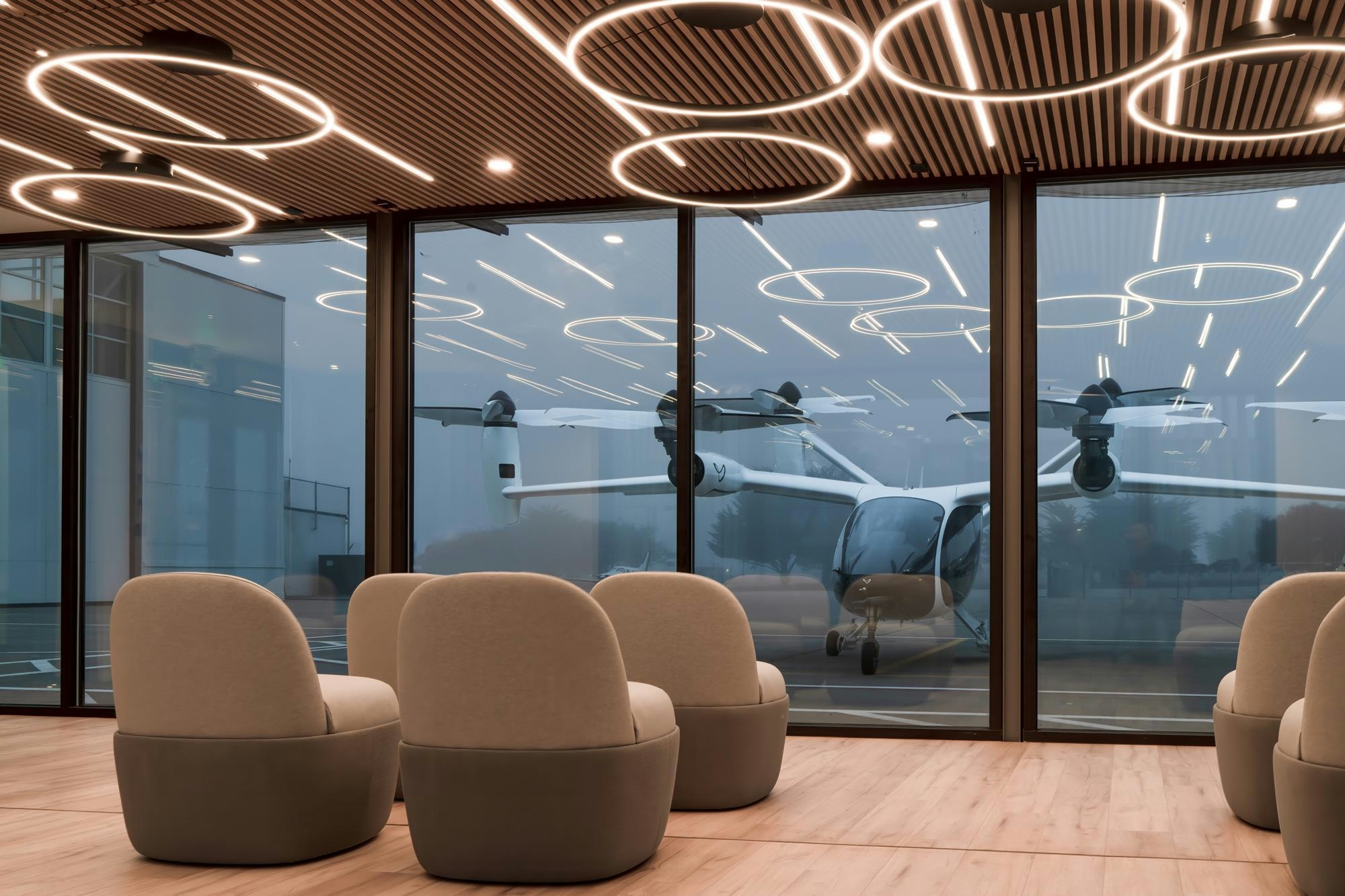
Joby Reveals Locations for New Vertiports

Ariyax Capital Launches AXPT Initiative

Report: 747 Engine at Full Throttle During Fatal Hong Kong Runway Excursion
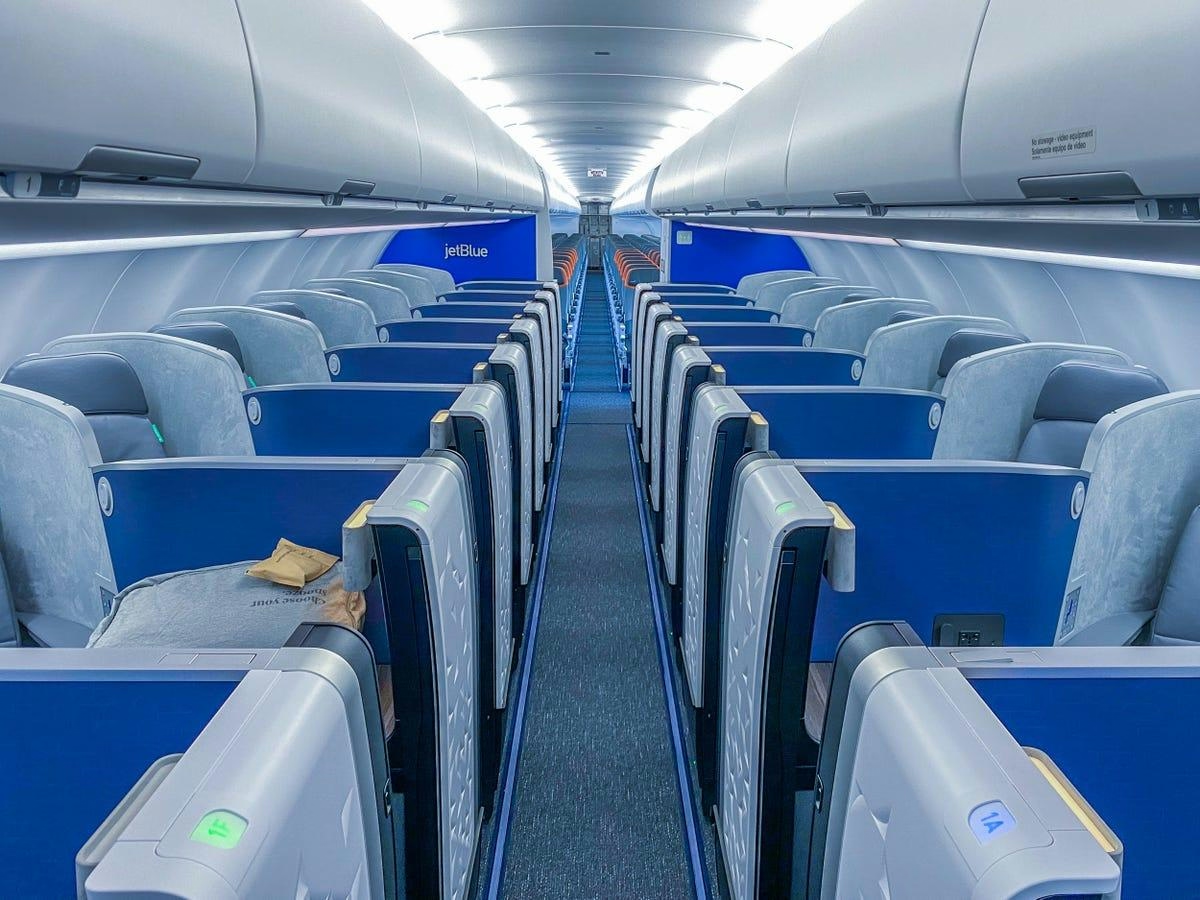
Airlines Shift From Widebody to Narrowbody Aircraft on Long-Haul Routes
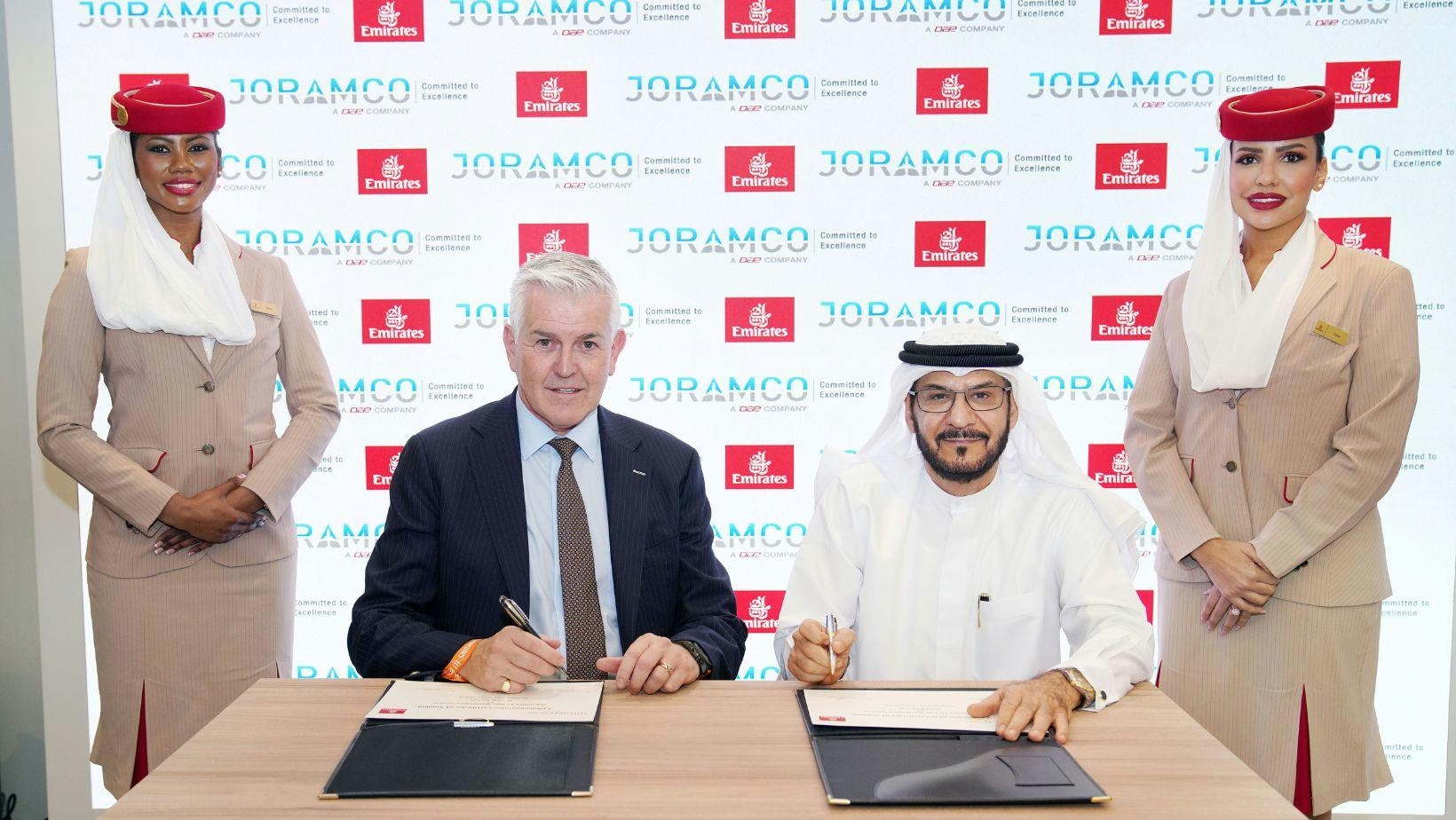
Joramco Signs New Agreements with Emirates and SalamAir at Dubai Airshow
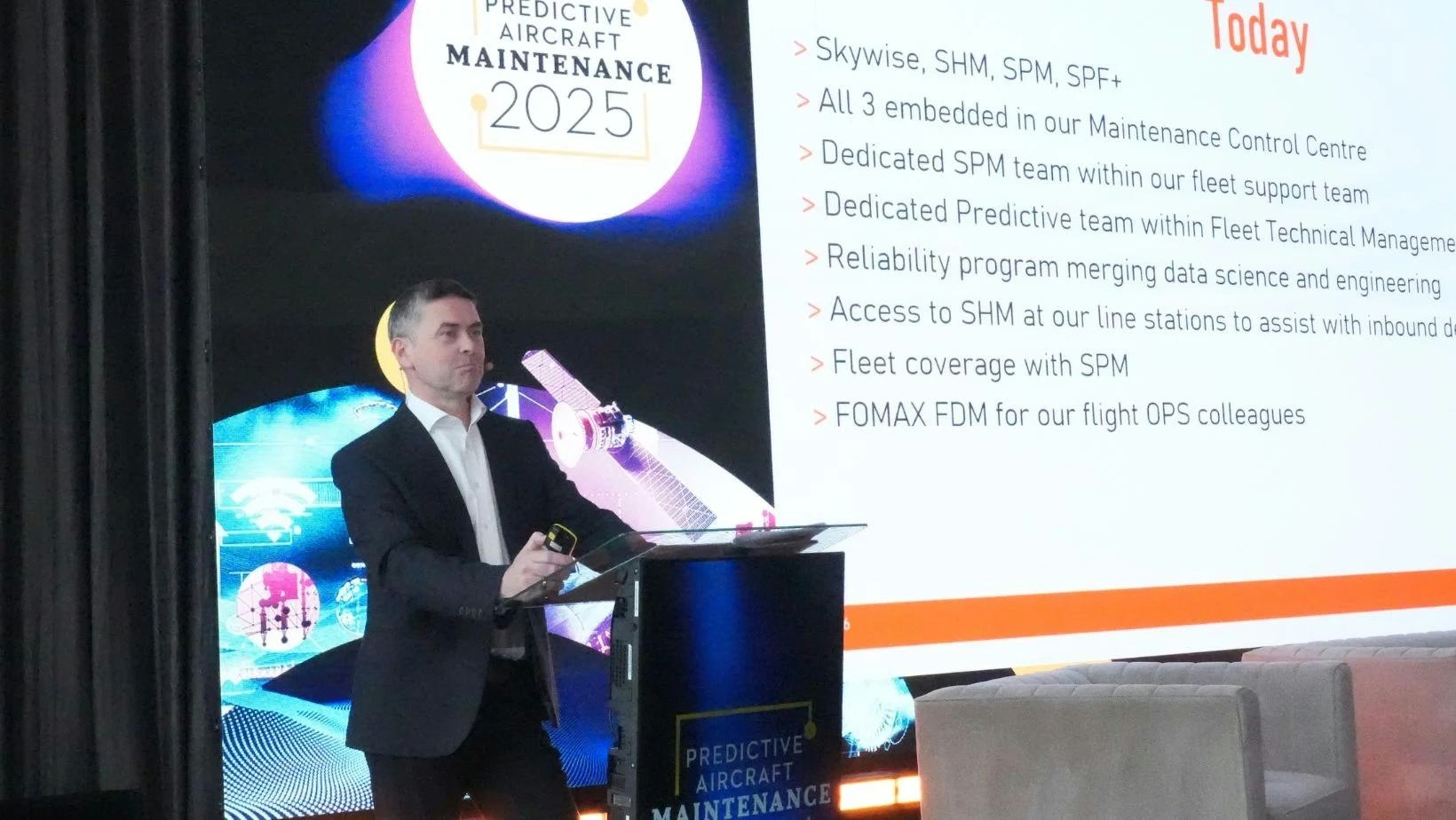
easyJet Highlights Reliability Improvements Ahead of PAM Dublin 2025

PAL, Citi, and UKEF Finalize Financing for Rolls-Royce Trent XWB-97 Engine
